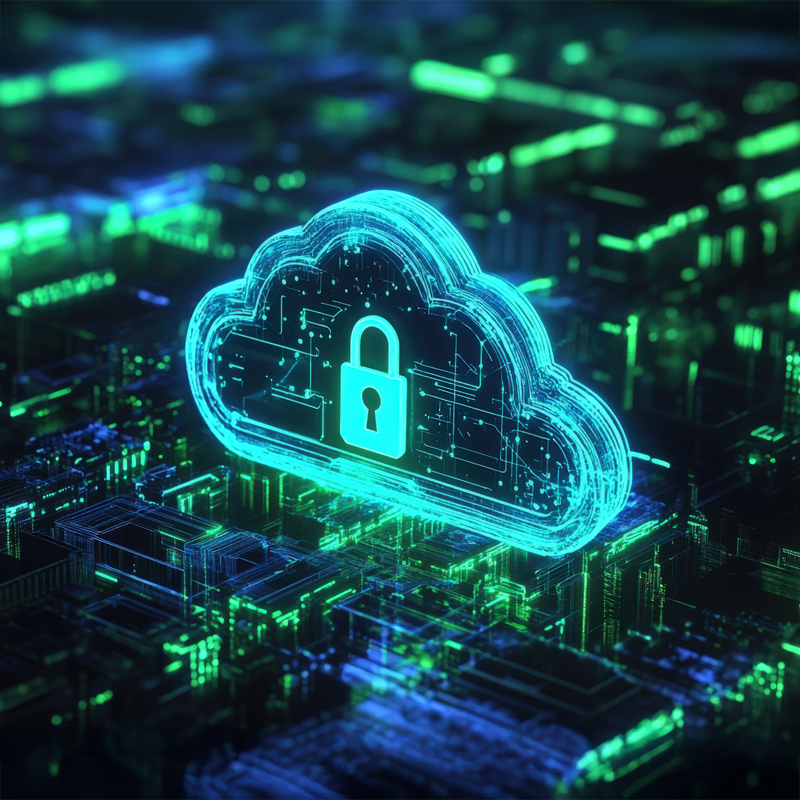As concerns around information security become more prevalent, organizations are finding themselves more and more susceptible to stringent cybersecurity requirements. Companies are being asked to complete extensive and detailed security and IT infrastructure questionnaires by their biggest and best customers. For many, these requests are becoming increasingly frequent. The completion of digital security questionnaires require the expertise and time of Senior IT and Security resources; time which could be spent much more productively elsewhere.
Fulfilling Cybersecurity Requirements with a SOC Audit
Cybersecurity requirements are being embedded into the enterprise risk management policies and procedures of a growing number of companies. This has caused many organizations to institute strict vendor management policies that require them to evaluate the effectiveness of their third-party vendors cybersecurity compliance program. While IT security questionnaires are a common way for vendors to demonstrate that they have instituted robust digital security protocols, those questionnaires are extremely time-intensive. They’re typically around 1,000+ questions, and require a significant time commitment from Senior IT personnel to complete. These requests are typically coming from multiple clients, and depending on the organization’s industry, they could also be coming from regulatory bodies. This has led to many organizations dedicating personnel, and in many cases, hiring additional personnel to be able to fulfill these requests. Even with all of the time and effort taken to complete these questionnaires, they are not always deemed sufficient, as it doesn’t involve an independent evaluation of those protocols. Preemptively getting a SOC for Cybersecurity audit, or a SOC 2 audit report could save your team hundreds of hours (and dollars) while demonstrating a firm dedication to internal control and cybersecurity risk management, with an independent perspective.
How Internal Control Reports Can Support Cybersecurity Compliance
Getting a System and Organization Controls (SOC) for Cybersecurity audit report is one of the best ways companies can evaluate and communicate the cybersecurity requirements without continually tying up their Senior IT team. The SOC 2 audit report, and more recently, the SOC for Cybersecurity report, communicate to stakeholders, whether current or potential customers, or to executive management team members, that the organization has made a strong commitment to establish robust digital security practices. Both types of the aforementioned SOC audit reports enable organizations to assess the confidentiality, integrity and availability of information (also known as the CIA triad) through the American Institute of Certified Public Accountants’ (AICPA) Trust Services Criteria (TSC) framework.
The SOC 2 Audit Report
Like the SOC 1 audit, the SOC 2 report, which is accompanied by an opinion of a licensed third-party service auditor, is intended for service organizations. In this type of report, the organization can select up to five TSC categories, which include Security, Availability, Confidentiality, Processing Integrity, Privacy. Security has to be selected as one of the categories, while the others are able to be selected based on what is most relevant for the services being provided. Not only will having a SOC 2 report position a company to attract larger customers and give them a competitive advantage over those without one but when completed properly, it addresses the concerns of customers and cybersecurity requirements. This eliminates the need for completing multiple security questionnaires. The successful completion of a SOC 2 report also enables a company to display the AICPA SOC logo on all communications, both digital and print, illustrating that steps have been taken to evaluate their internal controls, including those related to the cybersecurity of the service offering(s).
The SOC for Cybersecurity Report – Not Just for Service Organizations
In 2018, the AICPA completed their certificate program for the SOC for Cybersecurity report. Unlike the SOC 2 audit, the SOC for Cybersecurity report can be performed for any organization; not just a Service Organization. Similar to the SOC 2, it requires companies to have an independent assessment. With a SOC for Cybersecurity Report, an organization is required to utilize the Security, Availability and Confidentiality TSC categories. The report is utilized to provide their cybersecurity risk management program performed, and it covers much of the same topics. Typically completed on an annual basis, a SOC for Cybersecurity report provides support of a company’s dedication to evaluating and maintaining a robust cybersecurity program. The report is also a general use report, which means there is no restriction on distribution and in most cases, can also be used in lieu of completing security questionnaires. For more information on SOC for Cybersecurity, check out this brief cybersecurity faq!
Withum is at the forefront of SOC for cybersecurity consulting and auditing. We have devoted considerable resources to helping the AICPA to develop the SOC for Cybersecurity certification, and our SOC Audit Services team has extensive experience in all types of digital security, covering abroad range of environments and industries. Tony Chapman, CPA, CITP, who is practice leader for the SOC Audit Services Group, is one of the 32 SOC Specialists in the country. As a matter of fact, Withum has more AICPA approved SOC Specialists on staff than any other firm in the nation.
To ensure compliance with U.S. Treasury rules, unless expressly stated otherwise, any U.S. tax advice contained in this communication is not intended or written to be used, and cannot be used, by the recipient for the purpose of avoiding penalties that may be imposed under the Internal Revenue Code.
How Can We Help?




